Lexus LBX vs Land Rover Range Rover Velar – Performance, range & efficiency compared
Everyday use, family trips or long-distance drives – here’s where the differences show.
Discover whether Lexus LBX or Land Rover Range Rover Velar fits your lifestyle better.
Costs and Efficiency:
Looking at overall running costs, both models reveal some interesting differences in everyday economy.
Lexus LBX has a convincingly advantage in terms of price – it starts at 28300 £, while the Land Rover Range Rover Velar costs 61900 £. That’s a price difference of around 33608 £.
Fuel consumption also shows a difference: Lexus LBX manages with 4.50 L and is therefore barely noticeable more efficient than the Land Rover Range Rover Velar with 4.80 L. The difference is about 0.30 L per 100 km.
Engine and Performance:
Power, torque and acceleration are the classic benchmarks for car enthusiasts – and here, some clear differences start to show.
When it comes to engine power, the Land Rover Range Rover Velar has a clearly edge – offering 404 HP compared to 136 HP. That’s roughly 268 HP more horsepower.
In acceleration from 0 to 100 km/h, the Land Rover Range Rover Velar is significantly quicker – completing the sprint in 5.40 s, while the Lexus LBX takes 9.20 s. That’s about 3.80 s faster.
In terms of top speed, the Land Rover Range Rover Velar performs clearly perceptible better – reaching 250 km/h, while the Lexus LBX tops out at 170 km/h. The difference is around 80 km/h.
There’s also a difference in torque: Land Rover Range Rover Velar pulls significantly stronger with 650 Nm compared to 185 Nm. That’s about 465 Nm difference.
Space and Everyday Use:
Whether family car or daily driver – which one offers more room, flexibility and comfort?
Both vehicles offer seating for 5 people.
In curb weight, Lexus LBX is significantly lighter – 1280 kg compared to 2003 kg. The difference is around 723 kg.
In terms of boot space, the Land Rover Range Rover Velar offers distinct more room – 552 L compared to 332 L. That’s a difference of about 220 L.
In maximum load capacity, the Land Rover Range Rover Velar performs distinct better – up to 1358 L, which is about 364 L more than the Lexus LBX.
When it comes to payload, Land Rover Range Rover Velar to a small extent takes the win – 587 kg compared to 475 kg. That’s a difference of about 112 kg.
Who wins the race?
The Land Rover Range Rover Velar proves to be outperforms in nearly all aspects and therefore becomes our DriveDuel Champion!
Land Rover Range Rover Velar is the better all-rounder in this comparison.
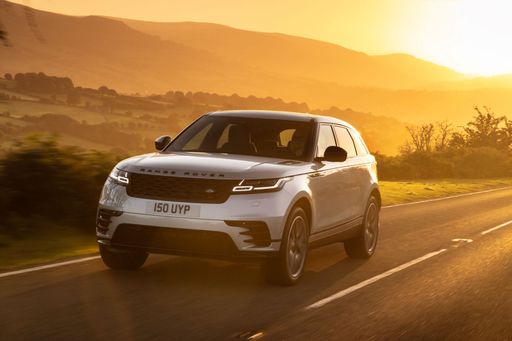 @ media.landrover.com
@ media.landrover.com
Land Rover Range Rover Velar
Lexus LBX
The Lexus LBX represents a new era of compact luxury crossovers, blending a sleek design with exceptional craftsmanship. This model offers an impressive balance of performance and comfort, making it an appealing option for urban driving and longer journeys alike. Inside, the cabin features high-quality materials and innovative technology, ensuring a driving experience that is both sophisticated and connected.
details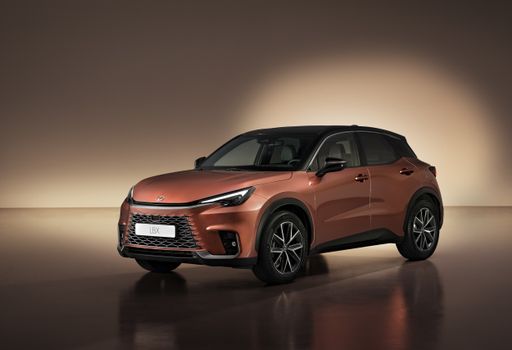 @ newsroom.lexus.eu
@ newsroom.lexus.eu
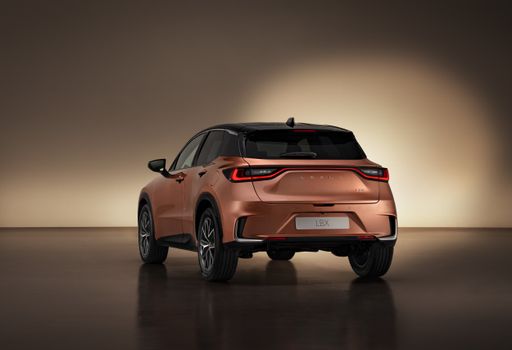 @ newsroom.lexus.eu
@ newsroom.lexus.eu
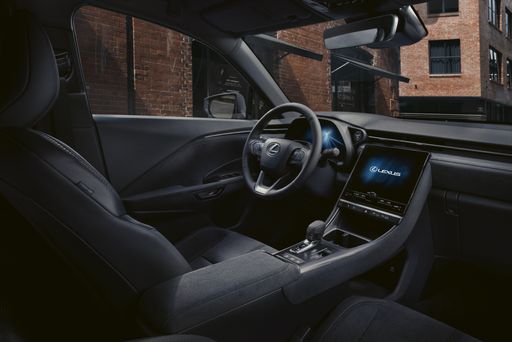 @ newsroom.lexus.eu
@ newsroom.lexus.eu
 @ newsroom.lexus.eu
@ newsroom.lexus.eu
Land Rover Range Rover Velar
The Land Rover Range Rover Velar exemplifies a harmonious blend of elegance and capability, capturing the essence of modern luxury SUVs. Its sleek silhouette and refined design details make it stand out on both urban roads and off-road adventures. Inside, the Velar offers an impeccably crafted interior, combining premium materials with cutting-edge technology for a sophisticated driving experience.
details @ media.landrover.com
@ media.landrover.com
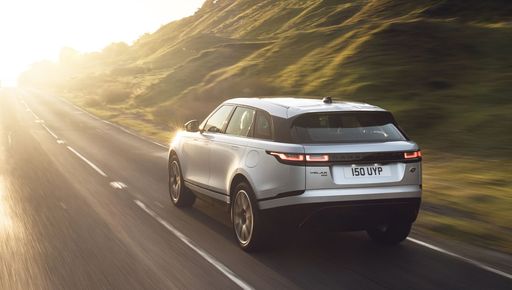 @ media.landrover.com
@ media.landrover.com
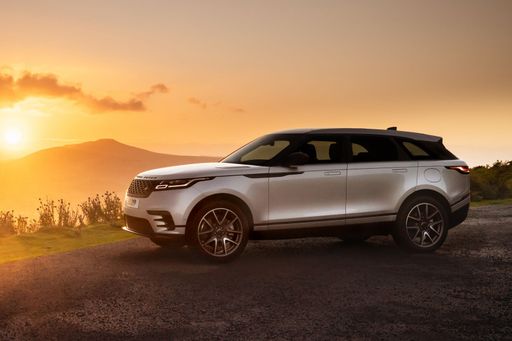 @ media.landrover.com
@ media.landrover.com
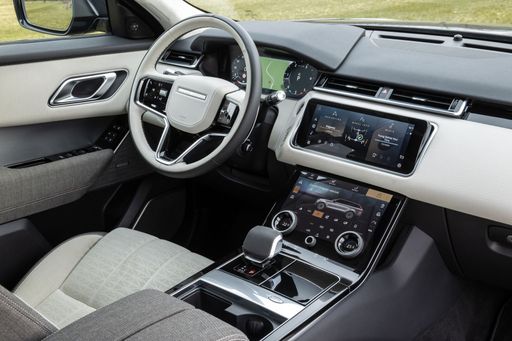 @ media.landrover.com
@ media.landrover.com
 @ newsroom.lexus.eu
@ newsroom.lexus.eu
|
 @ media.landrover.com
@ media.landrover.com
|
|
|
|
Costs and Consumption |
|
|---|---|
|
Price
28300 - 40000 £
|
Price
61900 - 87400 £
|
|
Consumption L/100km
4.5 - 4.8 L
|
Consumption L/100km
4.8 - 10.2 L
|
|
Consumption kWh/100km
-
|
Consumption kWh/100km
-
|
|
Electric Range
-
|
Electric Range
63 km
|
|
Battery Capacity
-
|
Battery Capacity
15.40 kWh
|
|
co2
102 - 110 g/km
|
co2
110 - 232 g/km
|
|
Fuel tank capacity
36 L
|
Fuel tank capacity
62 - 83 L
|
Dimensions and Body |
|
|---|---|
|
Body Type
SUV
|
Body Type
SUV
|
|
Seats
5
|
Seats
5
|
|
Doors
5
|
Doors
5
|
|
Curb weight
1280 - 1365 kg
|
Curb weight
2003 - 2280 kg
|
|
Trunk capacity
255 - 332 L
|
Trunk capacity
503 - 552 L
|
|
Length
4190 mm
|
Length
4797 mm
|
|
Width
1825 mm
|
Width
1933 mm
|
|
Height
1560 mm
|
Height
1657 - 1665 mm
|
|
Max trunk capacity
992 - 994 L
|
Max trunk capacity
1335 - 1358 L
|
|
Payload
455 - 475 kg
|
Payload
460 - 587 kg
|
Engine and Performance |
|
|---|---|
|
Engine Type
Full Hybrid
|
Engine Type
Petrol MHEV, Plugin Hybrid, Diesel MHEV
|
|
Transmission
Automatic
|
Transmission
Automatic
|
|
Transmission Detail
CVT
|
Transmission Detail
Automatic Gearbox
|
|
Drive Type
Front-Wheel Drive, All-Wheel Drive
|
Drive Type
All-Wheel Drive
|
|
Power HP
136 HP
|
Power HP
204 - 404 HP
|
|
Acceleration 0-100km/h
9.2 - 9.6 s
|
Acceleration 0-100km/h
5.4 - 8.3 s
|
|
Max Speed
170 km/h
|
Max Speed
209 - 250 km/h
|
|
Torque
185 Nm
|
Torque
430 - 650 Nm
|
|
Number of Cylinders
3
|
Number of Cylinders
4 - 6
|
|
Power kW
100 kW
|
Power kW
150 - 297 kW
|
|
Engine capacity
1490 cm3
|
Engine capacity
1997 - 2997 cm3
|
General |
|
|---|---|
|
Model Year
2025
|
Model Year
2025
|
|
CO2 Efficiency Class
C
|
CO2 Efficiency Class
G, C
|
|
Brand
Lexus
|
Brand
Land Rover
|
What drivetrain options does the Lexus LBX have?
Available configurations include Front-Wheel Drive or All-Wheel Drive.
The prices and data displayed are estimates based on German list prices and may vary by country. This information is not legally binding.
